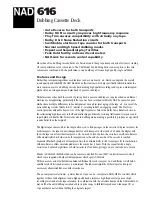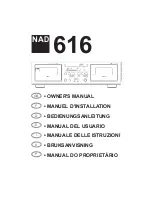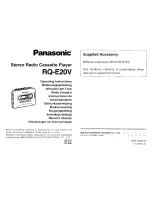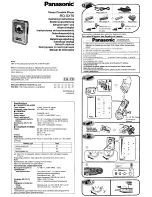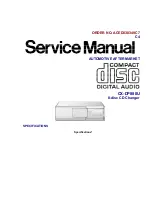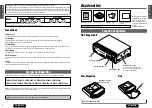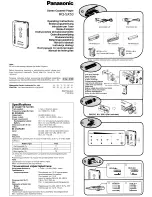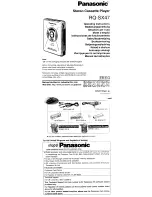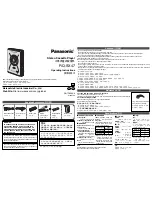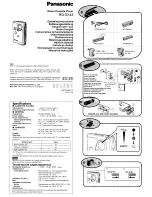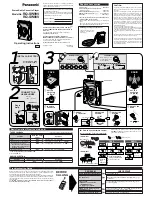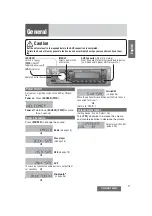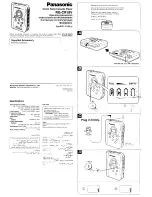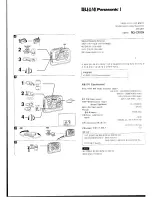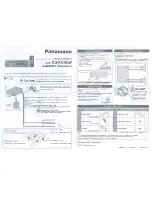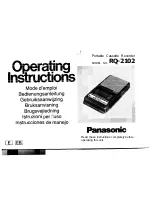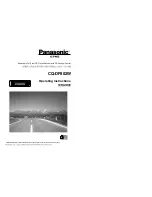
delta converters are multi- bit designs with e.g. 6 bits instead of
1 bit. This for good reasons of course, the 1 bit technique has
some inherent problems with dithering and idle tones. If the
SACD was conceived today, it would use a 6 bit format.
Processing
If a recording made in DSD has to be processed, e.g. the loud-
ness has to be adjusted or some equalizing is required, then the
DSD signal has to be converted to PCM in order to be able to do
the processing. In the PCM format the signal can be processed,
i.e. “produced” as required in order to get a final version. In such
a case it does not make sense to do a recording in DSD to start
with. A PCM recording at e.g. 88.2kHz / 24 Bit would make much
more sense. After the production process the file can always be
converted to DSD if required.
What is better?
The discussion whether DSD is better than PCM is moot. DSD is
another variant to store music, like PCM, MP3, magnetic tape,
vinyl etc. All formats are fine as long as there are people prefer-
ring one over the other for whatever reasons. A matter of taste
or practical reasons as with MP3 for instance.
The future
Technically speaking, PCM from like 88.2kHz /24 bit up, is defini-
tively better than DSD. There are attempts to enhance DSD by
rising the sampling rate from 2.8824 MHz to 5.6448 MHz or
even 11.2896 MHz. Some problems of DSD may be reduced with
such measures, but the 1 bit quantisation problem cannot be
eliminated.
With the DSD downloads becoming more and more popular the
DSD format is going to stay with us. A niche, but a growing one.
153































